Chippewa Blueberry
$69.50 Original price was: $69.50.$48.65Current price is: $48.65.
- Free Shipping over $25
- Fast & reliable delivery options
- Enjoy top quality items for less
- Multiple safe payment methods

If America had a national fruit there is no doubt it would be the blueberry. It’s a big favorite with everyone, of every age. Fresh, in muffins or pies, or in healthy smoothies, we eat more blueberries today than ever before. Combine that with a growing interest in home-grown everything, and you have all the reasons you need to be growing blueberries in your own yard. If you live in colder parts of the country you might think that berry-growing is not possible, but you would be wrong. Thanks to the dedication and skill of American plant breeders we have the amazing Chippewa Blueberry. Grown by professionals in zones 3 and 4, you can grow it too – and enjoy up to 8 pounds of fresh berries from a single mature bush. With blueberries you never have to worry about them going to waste, just toss them in a box in the freezer and pull out a handful whenever you feel the need, all year round. A deliciously sweet berry, with an excellent firm texture and a sky-blue color, this is the blueberry everyone wants – make it yours too.
Growing the Chippewa Blueberry
Size and Appearance
The Chippewa Blueberry is an upright deciduous bush that matures to a height of 4 to 5 feet, with a similar width. It’s the perfect size for comfortable picking, and small enough to be grown in a large tub or planter. The elliptical dark green leaves are smooth and glossy, and up to 2 inches long. In fall they turn brilliant shades of gold, orange, red and purple, making this bush attractive in the garden as well as useful. In spring, after the new leaves have matured a little, you will see clusters of small pink to white flowers, shaped like upside-down urns, hanging from the branches. It is self-pollinating, and a single bush will give a good yield of berries. You will get higher yields and larger berries if you also grow another variety nearby, so check our stock for a suitable companion variety.
The first berries should be ripe by mid-July – just in time for summer smoothies. The abundant berries are a beautiful sky-blue color with the perfect powdery, white ‘bloom’, and they are large, sweet and firm. Just pop one into your mouth and enjoy the thrill of growing your own fruit – it’s amazing. You can expect to harvest as much as 8 pounds of berries from a single mature bush, so there will be plenty for eating fresh, and for the freezer to enjoy until harvest-time rolls round again. All blueberry bushes grow relatively slowly, but they remain productive for 20 years or more.
Using the Chippewa Blueberry in Your Garden
This bush is so attractive, both in bloom and in fall, that it is a great addition to your garden beds – you don’t need a special area. If you don’t have the needed acidic soil, then pot growing is the way to go, and blueberries have fine roots that adapt well to planters. You can grow the Chippewa Blueberry in zones 5, 6 and 7 in a planter outdoors all year round. In colder zones you should store the pots in a cold place – light isn’t needed – or bury the pots in the ground, as the roots are not as winter-hardy as the upper growth.
Hardiness
This hybrid variety has been bred for cold, and it has excellent cold resistance even in zones 3 and 4. It can also be grown in warmer zones including zone 7, but hot zones don’t give it enough winter cold for success. If you live in warm states, check our current selection of suitable blueberry bushes.
Sun Exposure and Soil Conditions
Choose a sunny spot to plant your Chippewa Blueberry bush, although it will take a couple of hours of shade each day too. The soil must be strongly acidic, with a pH value between 4.0 and 5.0. If you already have acidic soil, but not acidic enough, it is possible to amend it and bring down the pH to make it more suitable. If not, the best solution is to grow your bushes in planters, using a mixture of 1-part lime-free potting soil, 1-part shredded pine bark, and 1-part sphagnum peat moss. Mulch the top of the pot with more shredded pine bark and make sure your planter has drainage holes and is supported a little above the ground.
Maintenance and Pruning
Mulch your bushes in spring and again in fall, using one or a mixture of acidic materials such as sawdust, peat moss, shredded pine bark, oak leaves or pine needles. Water regularly, as bushes are not drought resistant. Pests and diseases are not common, but protection is needed if you have rabbits in your area. Pruning, other than removing damaged or dead branches is not usually necessary, at least until your bushes are much older.
History and Origin of the Chippewa Blueberry
The state of Minnesota has a long history of fruit growing, and of fruit breeding, with an emphasis on cold-resistance. The University of Minnesota has been breeding and testing berries since 1878 at its experimental station in Excelsior, near Lake Minnetonka. It also has America’s coldest testing center at Grand Rapids. The blueberry called ‘Chippewa’ is a product of that skill and experience, and it is the highest-yielding variety U of M ever created. Released in 1996 it combines the hardiness and cold-resistance of the lowbush blueberry, Vaccinium angustifolium, with the high yield and fruit-quality of the northern highbush blueberry, Vaccinium corymbosum. A popular variety among commercial growers, you can be sure it’s not a gimmick novelty plant for home gardeners, but a top-quality plant that will give you all the fruit you want – and then some.
Buying the Chippewa Blueberry at the Tree Center
Nothing beats home-grown blueberries for freshness and goodness, and nothing beats the Chippewa Blueberry for cold-hardiness and high yield. Everyone is trying to get their hands on this bush, so order now, as our stock is guaranteed to sell out very quickly.
Be the first to review “Chippewa Blueberry” Cancel reply
Related products
Fruit Trees
Citrus Trees
Fig Trees
Citrus Trees
Fruit Trees
Fruit Trees
Cherry Trees
Citrus Trees




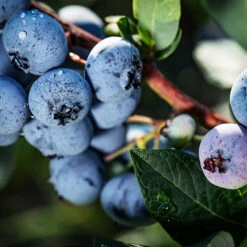


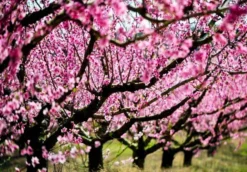
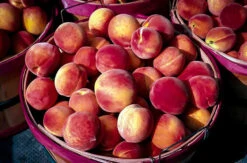
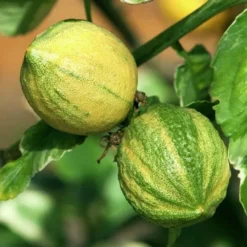

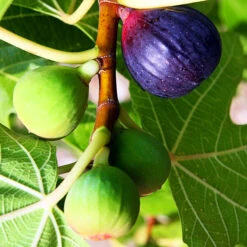
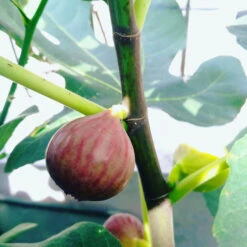
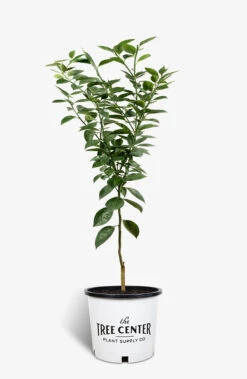


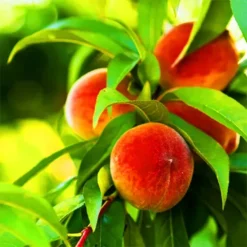
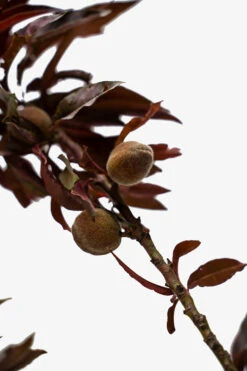
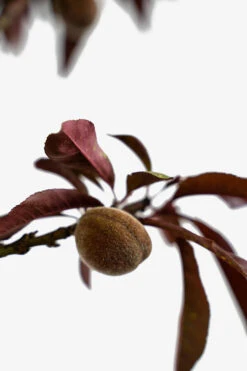
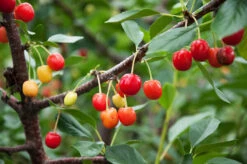


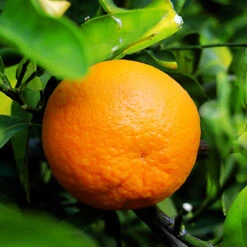
Reviews
There are no reviews yet.